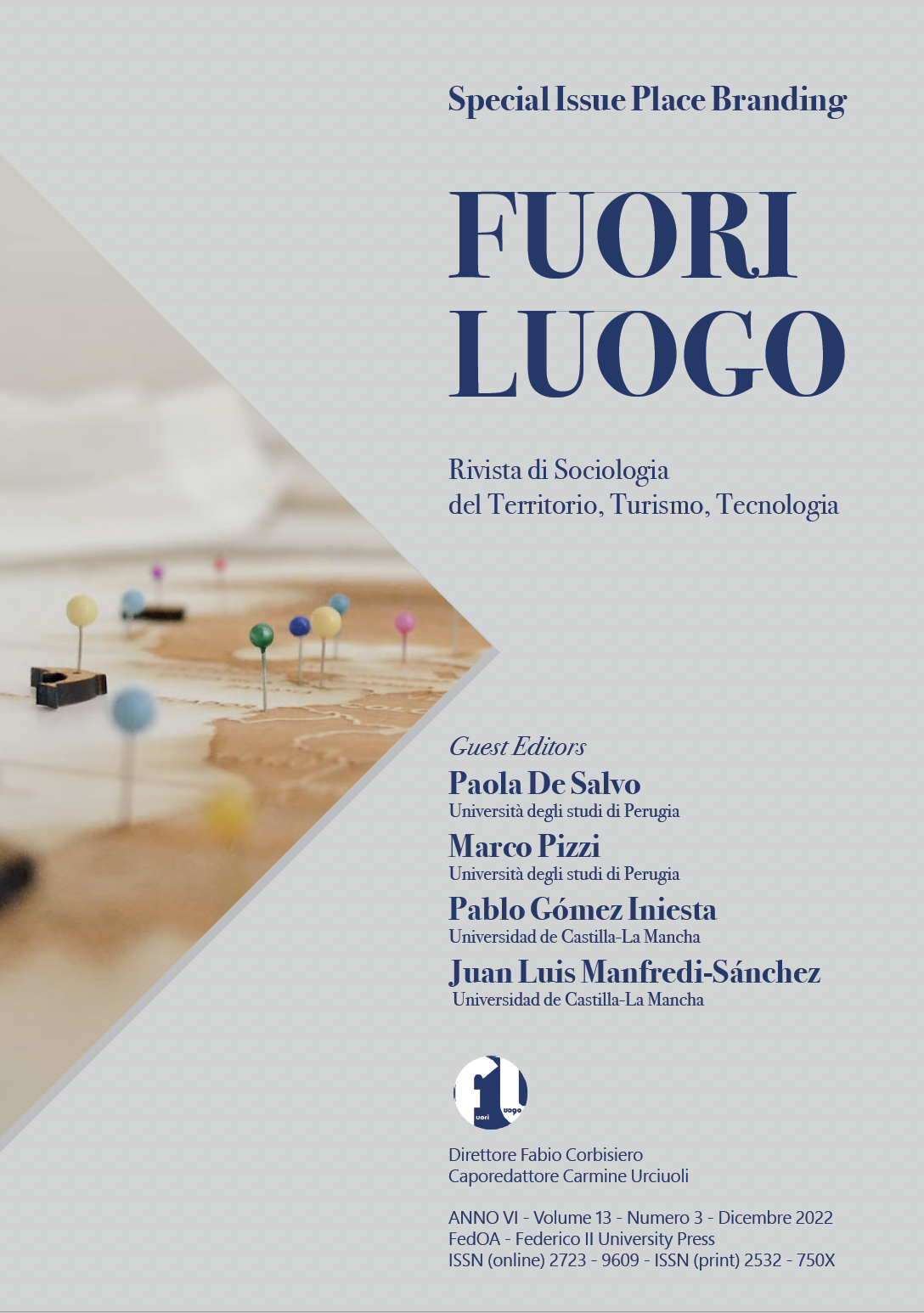Family Storytelling and Local Development
Abstract
Come noto, da ormai molti anni, lo sviluppo economico e sociale delle aree urbane, piccole o grandi che siano, risulta sempre più strettamente collegato anche alla presenza ed al livello di diffusione del fenomeno turistico.
In tali contesti, per la governance pubblica diventa, quindi, estremamente rilevante, spendersi il più compiutamente possibile nel creare situazioni che rendano la propria area urbana capace di attrarre quote adeguate di flussi turistici (Semi, 2015). Vi è, comunque, consapevolezza che la competizione si gioca ormai a livello globale e transmediale (Jenkins, 2007), anche mediante la progettazione e predisposizione di servizi e soluzioni che aggiungono valore alla qualità della vita locale (Nuvolati, 2007) e all’esperienza turistica promessa (Augé, 1999). Vi è, inoltre, sempre più diffusa convinzione che mediante i processi di place branding si possa rafforzare il senso di appartenenza e l'identità territoriale delle persone (Rizzi et al, 2018).
La necessità di intervenire è ancora più stringente nei casi in cui le aree urbane hanno perso peso e rilevanza (Scattone, 2000), a causa di un assetto economico e sociale che non è stato in grado di adattarsi tempestivamente ai mutamenti attraversati dalla società (Harvey, 2010). Infatti, in questi casi, ci si trova davanti al problema di una riorganizzazione della governanace pubblica (Honh, Neuer, 2006) che miri anche a dover recuperare centralità e/o visibilità al place, oltre che a mitigare gli impatti negativi che la “crisi” ha generato sul tessuto cittadino (disoccupazione, degrado ed abbandono urbano, questioni di gentrification, ecc.).
In effetti, in questi casi, la competizione è ancora più agguerrita a livello internazionale. Per esempio, già oltre trent’anni fa, le città fordiste italiane in crisi, per risollevarsi, avevano individuato nel fenomeno turistico il comparto in cui investire e, pertanto, avviati processi di rigenerazione urbana che prevedevano la riconversione, riorganizzazione e riutilizzazione, oltre che delle aree urbane abbandonate, anche di alcuni luoghi ex industriali (per esempio, un caso noto è quello di Genova; Gazzola, 2006).
Oggi, però, tutto ciò non basta più, e le destinazioni che intendono competere sul mercato turistico, nazionale ed internazionale, devono necessariamente puntare anche alla costruzione di quello che abitualmente viene chiamato place branding. Ovvero, devono attivare un meccanismo di governance pubblica in grado di far emergere le qualità emozionali ed esperienziali dei luoghi, riassumibili in un sistema di valori con un significato ben identificabile (ossia in un’identità di brand).
Nel presente lavoro, ci occuperemo di un elemento che riteniamo davvero particolare e poco noto nella costruzione di place branding, che è quello che qui definiamo “storytelling familiare”.
In particolare, intendiamo porre in evidenza la rilevanza che gioca lo “storytelling familiare” nella formazione del place branding prima e, poi, come conseguenza di ciò, nello sviluppo locale della destinazione. A tal proposito, ci avvarremo del caso di studio di quello di una particolare ed interessante domanda turistica, che è quella di chi viaggia verso i luoghi di origine della propria famiglia, e dei risultati di una indagine qualitativa che ha coinvolto una comunità estera di italoamericani.
Downloads
Copyright (c) 2022 Tullio Romita, Antonella Perri

This work is licensed under a Creative Commons Attribution 4.0 International License.




